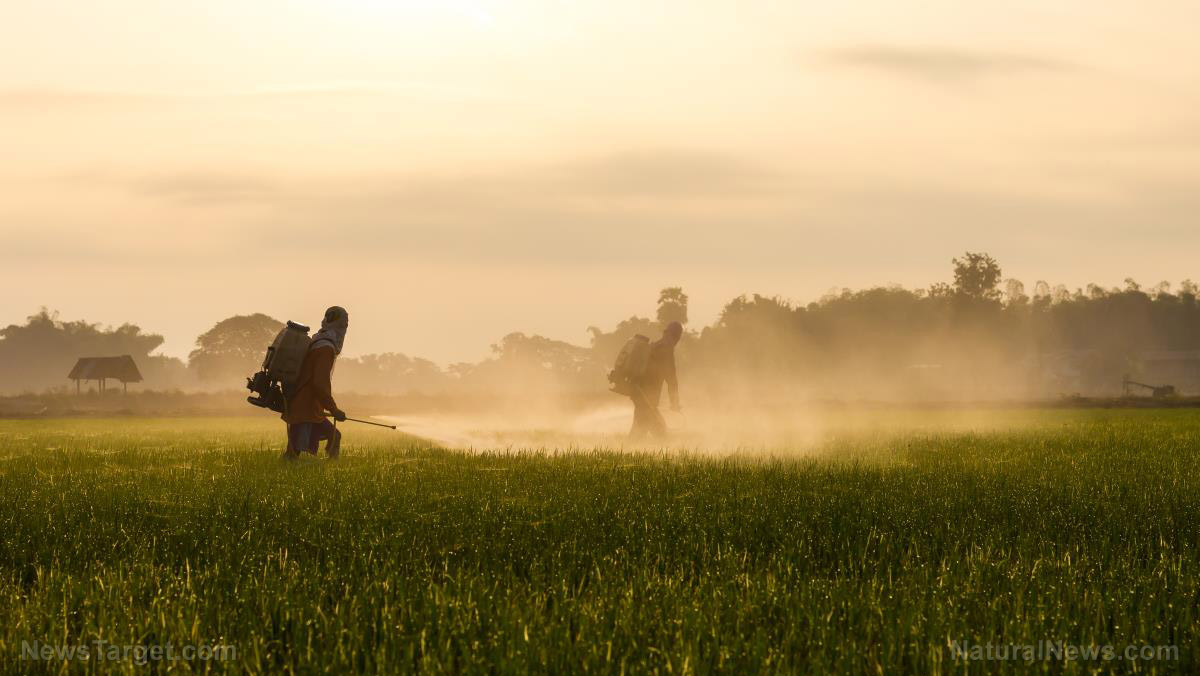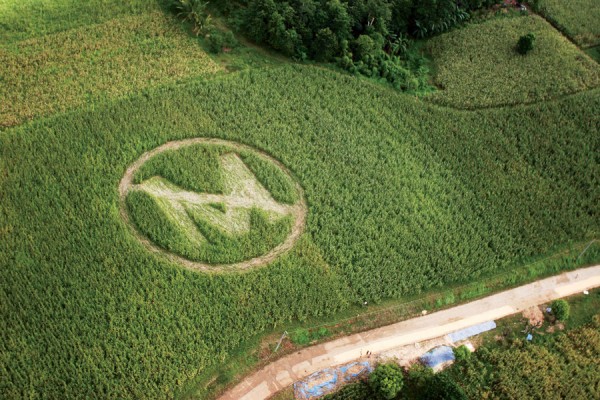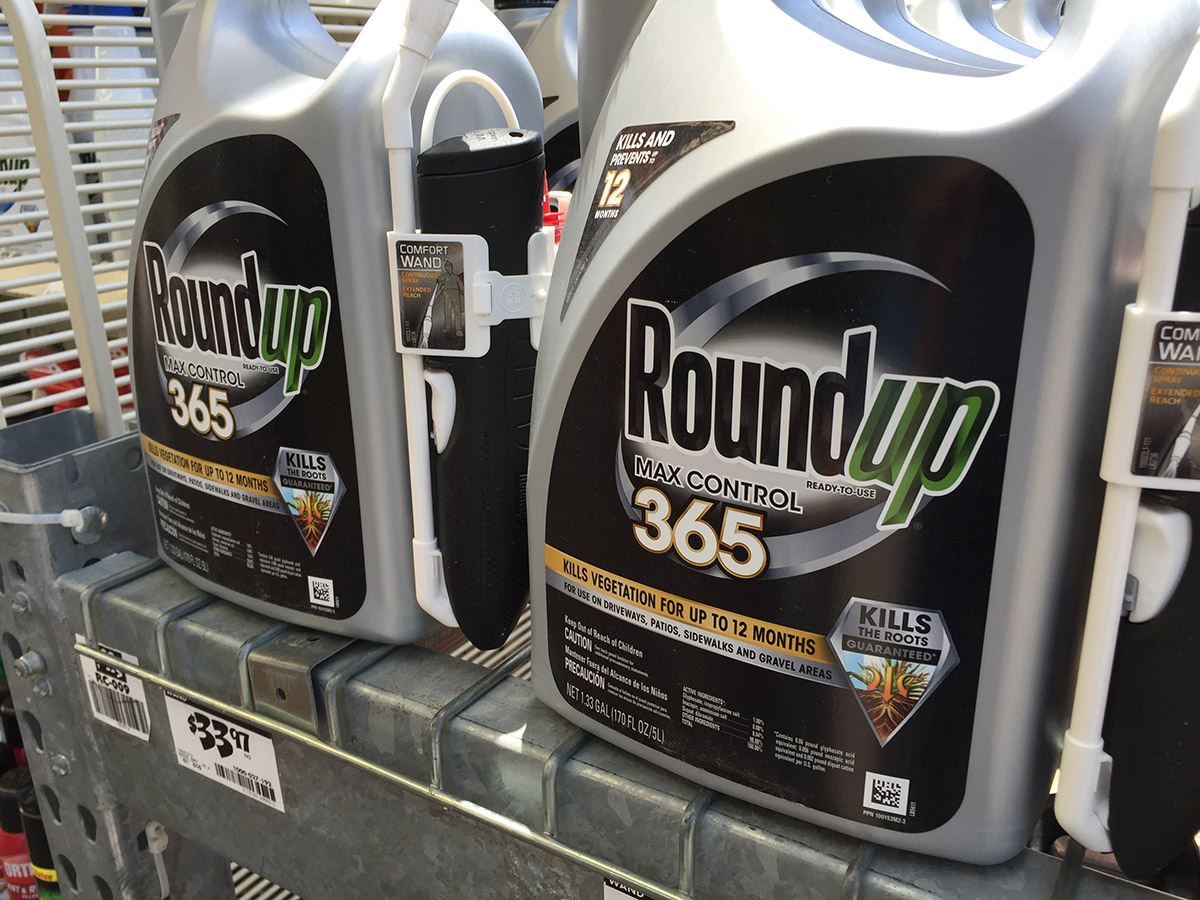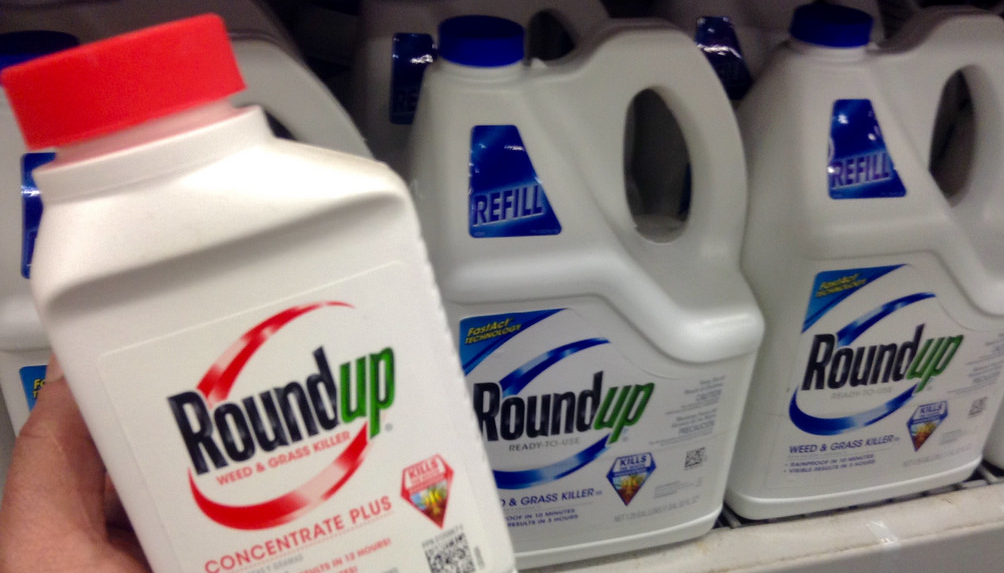New “Monsanto Papers” add to questions of regulatory collusion, scientific mischief
08/02/2017 / By News Editors

Four months after the publication of a batch of internal Monsanto Co. documents stirred international controversy, a new trove of company records was released early Tuesday, providing fresh fuel for a heated global debate over whether or not the agricultural chemical giant suppressed information about the potential dangers of its Roundup herbicide and relied on U.S. regulators for help.
More than 75 documents, including intriguing text messages and discussions about payments to scientists, were posted for public viewing early Tuesday morning by attorneys who are suing Monsanto on behalf of people alleging Roundup caused them or their family members to become ill with non-Hodgkin lymphoma, a type of blood cancer. The attorneys posted the documents, which total more than 700 pages, on the websitefor the law firm Baum Hedlund Aristei Goldman, one of many firms representing thousands of plaintiffs who are pursuing claims against Monsanto. More than 100 of those lawsuits have been consolidated in multidistrict litigation in federal court in San Francisco, while other similar lawsuits are pending in state courts in Missouri, Delaware, Arizona and elsewhere. The documents, which were obtained through court-ordered discovery in the litigation, are also available as part of a long list of Roundup court case documents compiled by the consumer group I work for, U.S. Right to Know.
It was important to release the documents now because they not only pertain to the ongoing litigation, but also to larger issues of public health and safety, while shedding light on corporate influence over regulatory bodies, according to Baum Hedlund attorneys Brent Wisner and Pedram Esfandiary.
“This is a look behind the curtain,” said Wisner. “These show that Monsanto has deliberately been stopping studies that look bad for them, ghostwriting literature and engaging in a whole host of corporate malfeasance. They (Monsanto) have been telling everybody that these products are safe because regulators have said they are safe, but it turns out that Monsanto has been in bed with U.S. regulators while misleading European regulators.”
Esfandiary said public dissemination of the documents is important because regulatory agencies cannot properly protect public and environmental health without having accurate, comprehensive, and impartial scientific data, and the documents show that has not been the case with Monsanto’s Roundup herbicide and the active ingredient glyphosate.
Monsanto did not respond to a request for comment.
Several of the documents discuss a lack of robust testing of formulated Roundup products. In one email, Monsanto scientist Donna Farmer writes “you cannot say that Roundup is not a carcinogen … we have not done the necessary testing on the formulation to make that statement. The testing on the formulations are not anywhere near the level of the active ingredient.”
The release of the documents Tuesday came without the blessing of Judge Vince Chhabria, who is overseeing the multidistrict litigation moving its way through the U.S. District Court for the Northern District of California. In March, Chhabria did agree to unseal several other discovery documents – over Monsanto’s objections – and those documents prompted a wave of outrage for what they revealed: questionable research practices by Monsanto, cozy ties to a top official within the U.S. Environmental Protection Agency, and indications that Monsanto may have engaged in “ghostwriting,” of research studies that appeared to be independent of the company.
Tagged Under: Carcinogenic, Censorship, corruption, glyphosate, GMOs, IARC, Monsanto, science fraud, scientific misconduct, Seralini




















